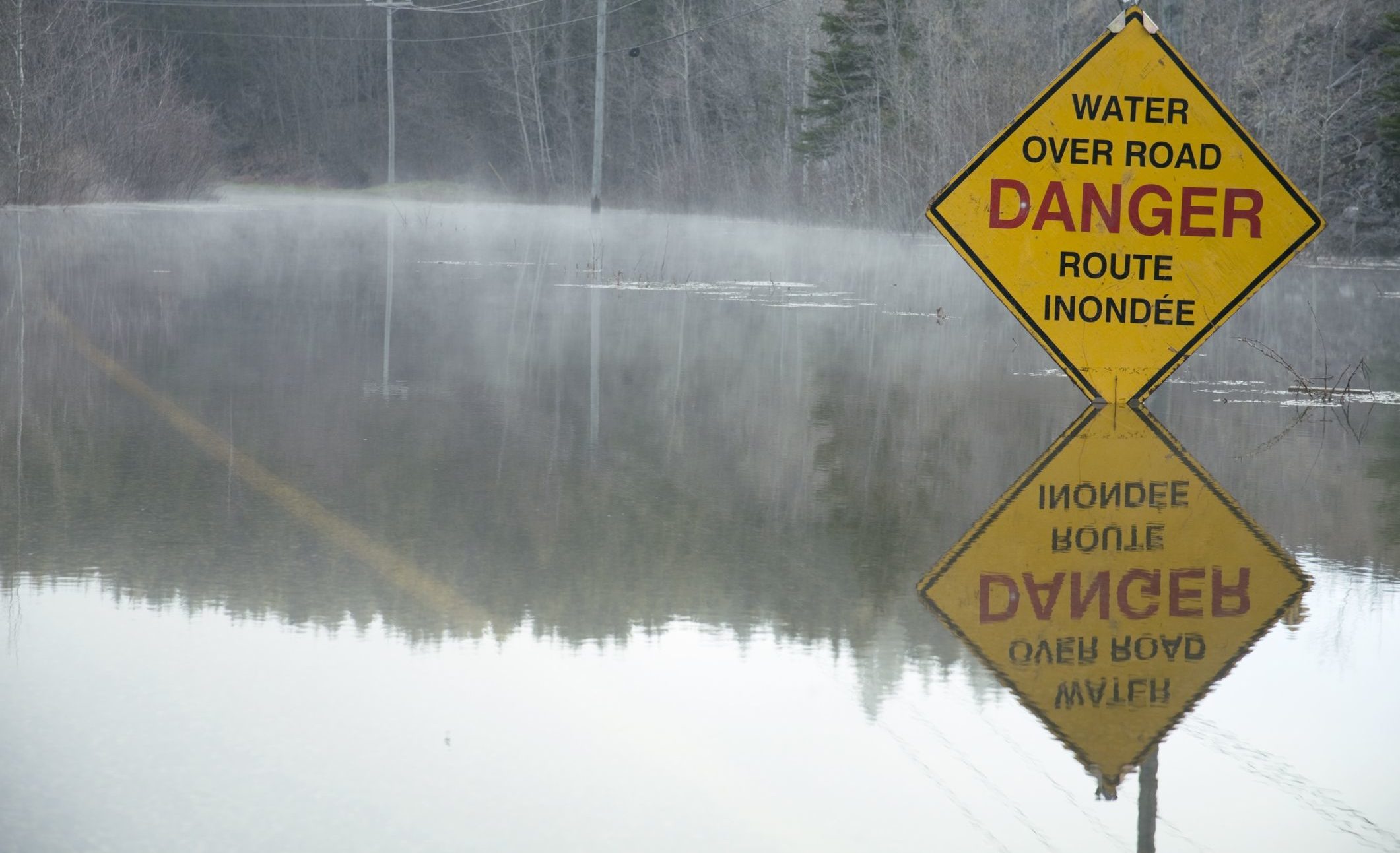The spring flooding that took place in late April and May across Ontario, Quebec, and New Brunswick caused close to $208 million in insured damage, according to Catastrophe Indices and Quantification (CatIQ) Inc.
Insured damage is estimated at $74 million in Ontario, $127 million in Quebec and $6 million in New Brunswick. The most common cause of damage was overflowing rivers, which led to road and basement flooding, submerged vehicles, and shifted home foundations. Heavy rain also caused roof leaks and sewer backups.
Before the floods, water levels across the affected regions were already high due to the earlier heavy rains and snowmelt. The threat of more heavy rainfall and snowmelt prompted flood warnings and watches across Ontario, Quebec, and New Brunswick.
“In Atlantic Canada, particularly in New Brunswick along the St. John River, it is clear that significant flooding is no longer a question of ‘if’ or ‘when’ but it’s a question of how many communities will be affected,” said Amanda Dean, vice-president of IBC’s regional office in the Atlantic. “With communities in New Brunswick experiencing back-to-back historic floods this year and last, it’s clear that insurers, governments and homeowners need to work together to adapt to the new reality of extreme weather events continuing to increase.”
Spring Flooding in Review
The first round of rain in southern and north-central Ontario fell late on April 17. The rain spread eastward through the night, reaching Quebec and New Brunswick the next day.
On April 18, another round of rain moved through southern and north-central Ontario and southern Quebec, intensifying in New Brunswick and lasting until the morning of April 20.
Reported rainfall amounts ranged from 35 mm to 60 mm. Strong wind gusts also occurred on April 18 in southern Quebec, with speeds ranging from 90 km/h to 100 km/h.
Rain was followed on April 18 to 20 by daily high temperatures in Quebec City that melted 20 cm of the snowpack. The snowpack in north-central Ontario was reduced to trace amounts by April 20. From Ontario to New Brunswick, warm temperatures and light rain persisted until April 24.
On the evening of April 30, a warm front brought more rain to southern Ontario. The rain continued to spread north and east through the morning of May 1. The rain had ended in Ontario by that evening, and in Quebec and New Brunswick early on May 2. After a generally dry period from May 3 to 8, rain began in central Ontario on May 9 and spread into eastern Ontario and southern Quebec by late morning.
These various conditions resulted in 2,000 homes being flooded in Ontario, 9,800 in Québec, and 6,800 in New Brunswick. As a result, about 19,500 residents had to be evacuated for a period of time.
The amount of insured damage is an estimate provided by CatIQ Inc. (www.catiq.com) under licence to IBC.









